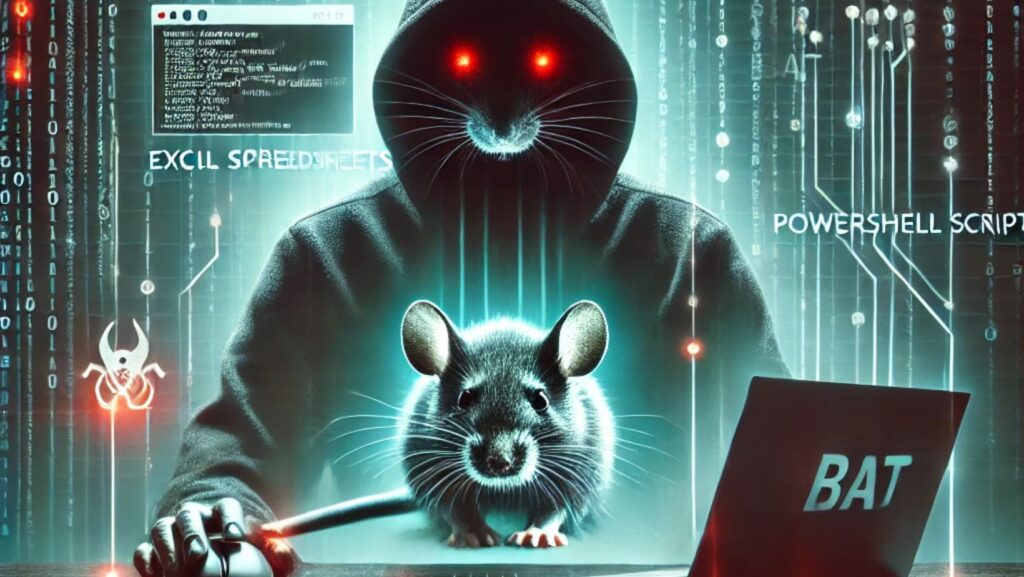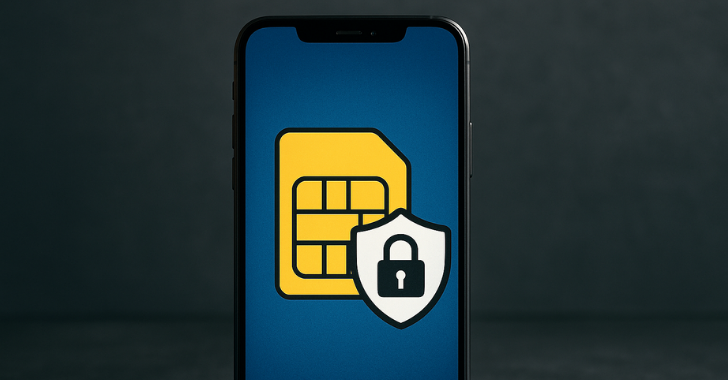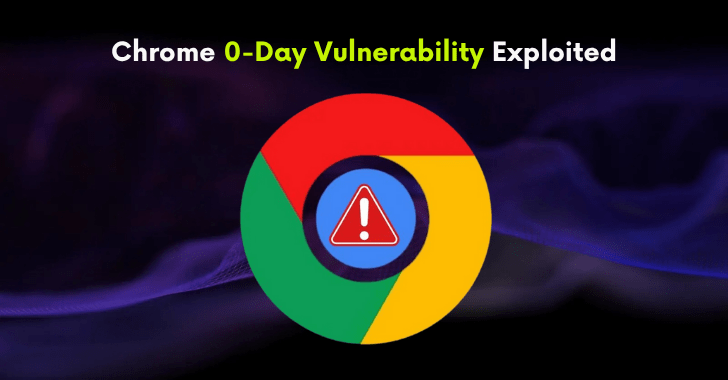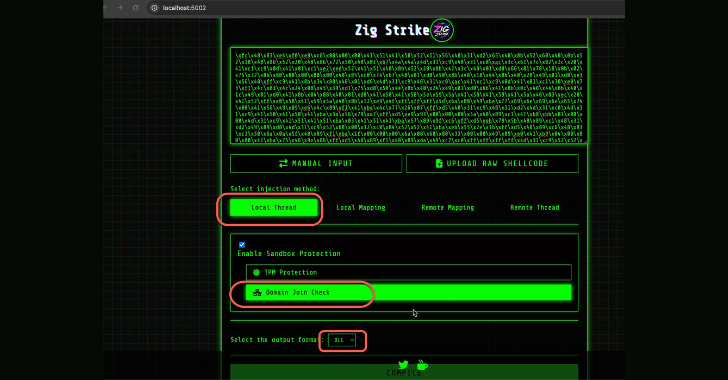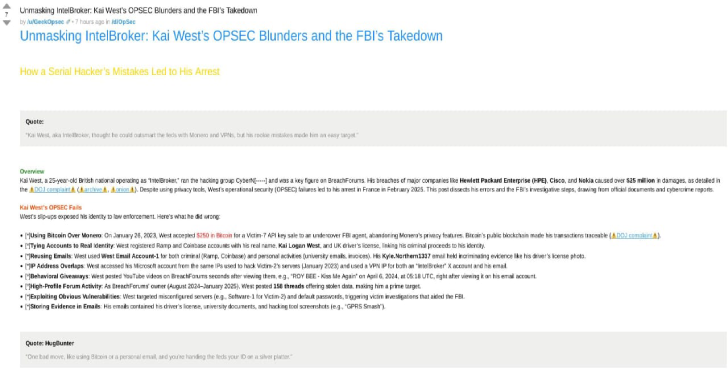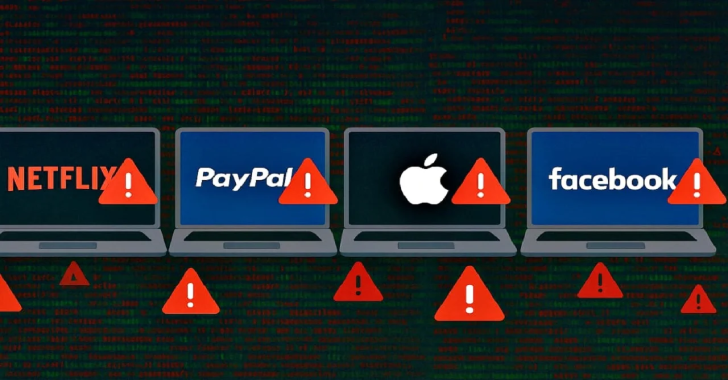Cybercriminals continue to innovate, and one such potent tool in their arsenal is AsyncRAT — a stealthy, open-source Remote Access Trojan. Initially designed for remote administration, AsyncRAT has gained notoriety in recent years for being a preferred malware in phishing and script-based attacks. This article dives deep into how AsyncRAT is deployed using XLSM files and scripting methods, empowering cybersecurity professionals to detect and defend against these threats.
What is AsyncRAT?
AsyncRAT, short for Asynchronous Remote Access Trojan, is a lightweight but highly functional malware tool. It gives attackers full remote control over infected machines while maintaining low visibility. AsyncRAT is written in .NET, making it easily customizable and a favorite among amateur and advanced threat actors alike.
Key Features of AsyncRAT
- Remote desktop access
- Keylogging
- Clipboard monitoring
- File management
- Process control
Because it is open-source and regularly updated, its accessibility makes it dangerous when placed in the wrong hands.
How AsyncRAT Works
AsyncRAT operates silently in the background once installed, communicating with the attacker via a command-and-control (C2) server. This real-time communication channel is encrypted, allowing data exfiltration, command execution, and surveillance.
Persistence and Stealth
To stay undetected, AsyncRAT employs various persistence mechanisms:
- Registry key injections
- Scheduled tasks
- Hidden startup scripts
It also often disables antivirus tools, using obfuscation to avoid signature-based detection. The combination of these tactics makes AsyncRAT a stealthy long-term threat.
XLSM-Based Attack Techniques
One of the more dangerous distribution methods is through XLSM files — macro-enabled Excel spreadsheets. These seemingly harmless documents can carry embedded malicious Visual Basic for Applications (VBA) scripts.
Macro Payload Execution
Once the file is opened and macros are enabled, VBA scripts run in the background. These scripts can:
- Download and execute AsyncRAT
- Alter system settings
- Establish persistence on the host system
Phishing emails often disguise these XLSM files as invoices or reports to trick users.
Indicators of Compromise (IOCs)
- Unexpected macro prompts in Excel
- Heavily obfuscated code in VBA editor
- Network connections to unknown IP addresses
Security teams must inspect macro behavior and not just file hashes, as attackers often tweak code to bypass hash-based filters.
Script-Based Infection Vectors
In addition to macros, AsyncRAT is frequently distributed using script-based attacks. These can involve multiple scripting languages and often form multi-stage payload chains.
Common Scripting Methods
- PowerShell – used to download and execute payloads in memory, avoiding disk writes
- VBScript – embedded in HTML or WSF files to initiate downloads
- Batch Files (.bat) – used in early stages to trigger PowerShell or .NET-based loaders
Obfuscation Techniques
Cybercriminals use base64 encoding, string concatenation, and character replacement to hide malicious code. Scripts may be embedded in innocent-looking files to bypass email filters and antivirus systems.
Delivery and Distribution Methods
Attackers often rely on social engineering and legitimate services to deliver AsyncRAT payloads.
Phishing Campaigns
Email remains the top delivery method. Attackers use messages with urgent language (“Invoice Overdue” or “Payment Received”) to entice users to download XLSM or ZIP files.
Use of Trusted Services
AsyncRAT payloads are sometimes hosted on:
- Google Drive
- OneDrive
- Dropbox
This tactic improves the success rate, as files from these domains are less likely to be flagged as malicious.
Detection and Prevention Strategies
Identifying AsyncRAT early is key to stopping an attack before data is stolen or systems are compromised.

Detection Tools and Methods
- Static Analysis – checking for suspicious macro content or script patterns
- Dynamic Analysis – executing the file in a sandboxed environment to observe behavior
- Network Monitoring – detecting unusual outbound connections to known C2 servers
Preventive Measures
- Disable macros by default in Microsoft Office
- Use email filters that scan attachments and links for known attack signatures
- Implement endpoint detection and response (EDR) solutions that detect script-based behavior
Case Studies and Real-World Incidents
AsyncRAT has been involved in several high-profile cybercrime campaigns across financial, educational, and healthcare sectors.
Example: Education Sector Attack
In late 2023, an educational institution reported a massive breach traced back to an XLSM file sent by a spoofed partner. Once opened, it launched a multi-stage PowerShell script that eventually loaded AsyncRAT, allowing the attackers to exfiltrate student records and administrative credentials.
These real-world cases emphasize the urgent need for proactive threat detection and staff awareness training.
Mitigation Techniques and Best Practices
Organizations can significantly reduce their risk by adopting a layered defense strategy.
Secure Configurations
- Disable Office macros unless digitally signed
- Restrict script execution through Group Policy
- Monitor critical folders for new or modified script files
Training and Awareness
Conduct regular phishing simulations and educate employees on identifying suspicious attachments.
Advanced Tools
Leverage modern EDR and SIEM tools to monitor for unusual script activity and unauthorized remote access attempts.
The Future of Script-Based RAT Attacks

Remote Access Trojans like AsyncRAT will continue evolving. With AI-generated scripts and living-off-the-land techniques becoming mainstream, detection will get tougher.
Emerging Trends
- Use of encrypted payloads and steganography
- Fileless malware infections
- Exploiting zero-day vulnerabilities to deliver RATs
Cybersecurity professionals must invest in threat intelligence platforms and behavioral detection to stay ahead of attackers.
